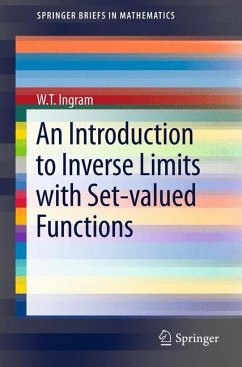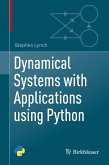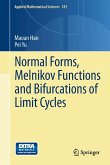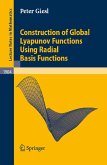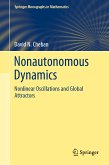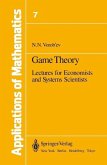Inverse limits with set-valued functions are quickly becoming a popular topic of research due to their potential applications in dynamical systems and economics. This brief provides a concise introduction dedicated specifically to such inverse limits. The theory is presented along with detailed examples which form the distinguishing feature of this work. The major differences between the theory of inverse limits with mappings and the theory with set-valued functions are featured prominently in this book in a positive light.
The reader is assumed to have taken a senior level course in analysis and a basic course in topology. Advanced undergraduate and graduate students, and researchers working in this area will find this brief useful. ¿
Dieser Download kann aus rechtlichen Gründen nur mit Rechnungsadresse in A, B, BG, CY, CZ, D, DK, EW, E, FIN, F, GR, HR, H, IRL, I, LT, L, LR, M, NL, PL, P, R, S, SLO, SK ausgeliefert werden.
Hinweis: Dieser Artikel kann nur an eine deutsche Lieferadresse ausgeliefert werden.

